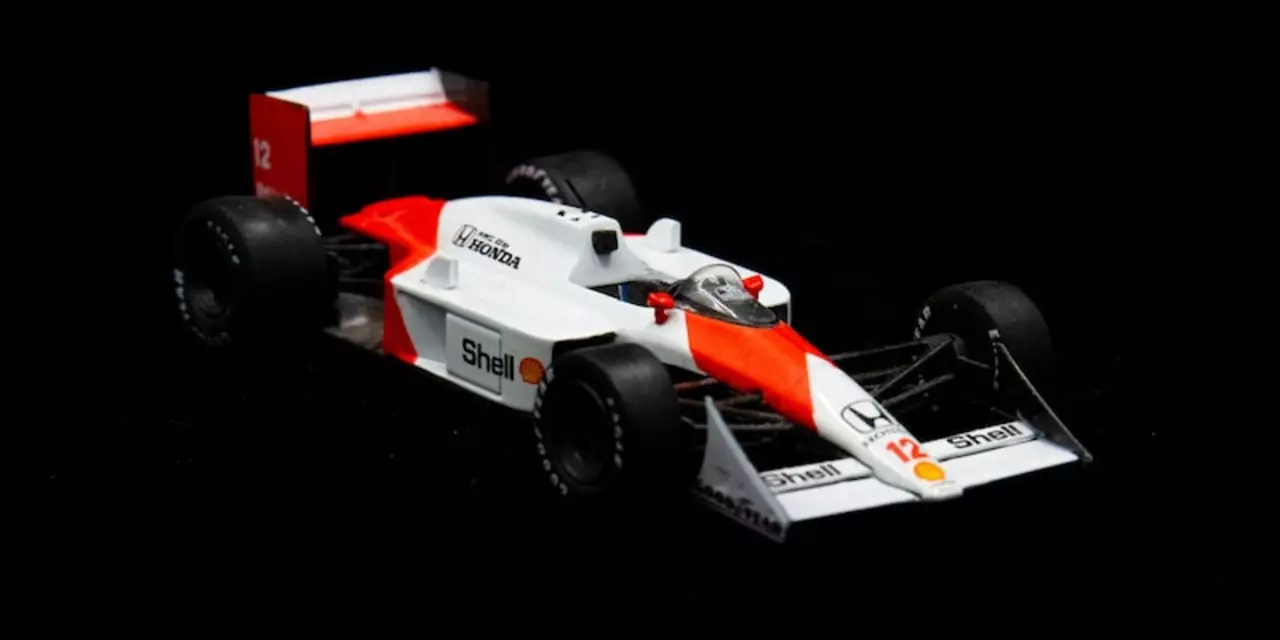Racing Practice Tips – Make Every Lap Count
If you want to shave seconds off your lap time, the secret isn’t just a faster car – it’s smarter practice. Too many drivers treat practice like a free‑for‑all, showing up, doing a few laps, and calling it a day. The truth is, focused drills, a solid routine, and a little mental work can turn casual track time into real progress.
Why Practice Matters More Than You Think
Practice isn’t just about mileage; it’s about quality. When you repeat the same line over and over, muscle memory builds, and the car becomes an extension of your body. That connection lets you react faster to corners, brakes, and throttle changes. A well‑structured session also reveals weak spots – maybe you’re late on the apex or you lose grip under hard braking. Spotting those gaps early means you can fix them before a race puts pressure on you.
Another benefit is confidence. Knowing you’ve shredded a corner in practice gives you the mental edge when the crowd roars. Confidence reduces hesitation, and hesitation costs time. So, treat each practice lap like a mini‑race, not a warm‑up.
Effective Practice Drills You Can Start Today
1. Apex Isolation. Pick a single corner and run it 10‑15 times, focusing only on hitting the perfect apex. Use a marker or a spot on the track as a visual cue. Slow down if you miss – speed comes later.
2. Braking Points Drill. Choose a straight‑away leading into a turn. Mark the braking spot with a cone or a line in the grass. Brake exactly at that point each lap, then gradually shave a few meters off the distance. This builds precision and confidence under deceleration.
3. One‑Gear Sprint. Pick a gear and stay in it for a short sprint section. This forces you to master throttle control and car balance without relying on shifts. It’s especially useful for learning how the car reacts when you’re near the limit.
4. Mental Replay. After a session, sit down and replay the fastest lap in your mind. Visualize each corner, the braking point, and the throttle lift. This mental rehearsal reinforces the physical practice and sharpens focus.
5. Structured Schedule. Divide a two‑hour track day into three blocks: warm‑up (15 min), focused drills (90 min), cooldown (15 min). Keep a simple log of what you worked on, lap times, and any notes. Review the log before the next session to see trends.
Mixing these drills keeps practice fresh and prevents boredom. It also ensures you’re improving on all fronts – cornering, braking, and throttle control – instead of just racking up miles.
Finally, remember to stay hydrated, get enough sleep, and listen to your body. Fatigue shows up as slower reaction times and poor judgment, which can undo a solid practice day. Treat your body like a part of the car – keep it in top shape and the performance will follow.
Start applying these tips on your next track visit and notice the difference within a few sessions. Consistent, focused practice is the fastest route to faster lap times.
What's the best way to get started in amateur racing?
0 Comments
Getting started in amateur racing can be an intimidating and daunting task. However, there are several steps that can help make the process easier. First and foremost, it is important to ensure that you have the necessary equipment, such as a racing helmet and a race car, as well as the proper licenses and certifications. Once this is taken care of, it is important to find a reputable racing league or organization to join. It is also important to research the rules of the league and understand the safety regulations. Finally, it is important to practice and hone your skills before entering a race. With these steps, you can be well on your way to becoming an amateur racer.
Read More